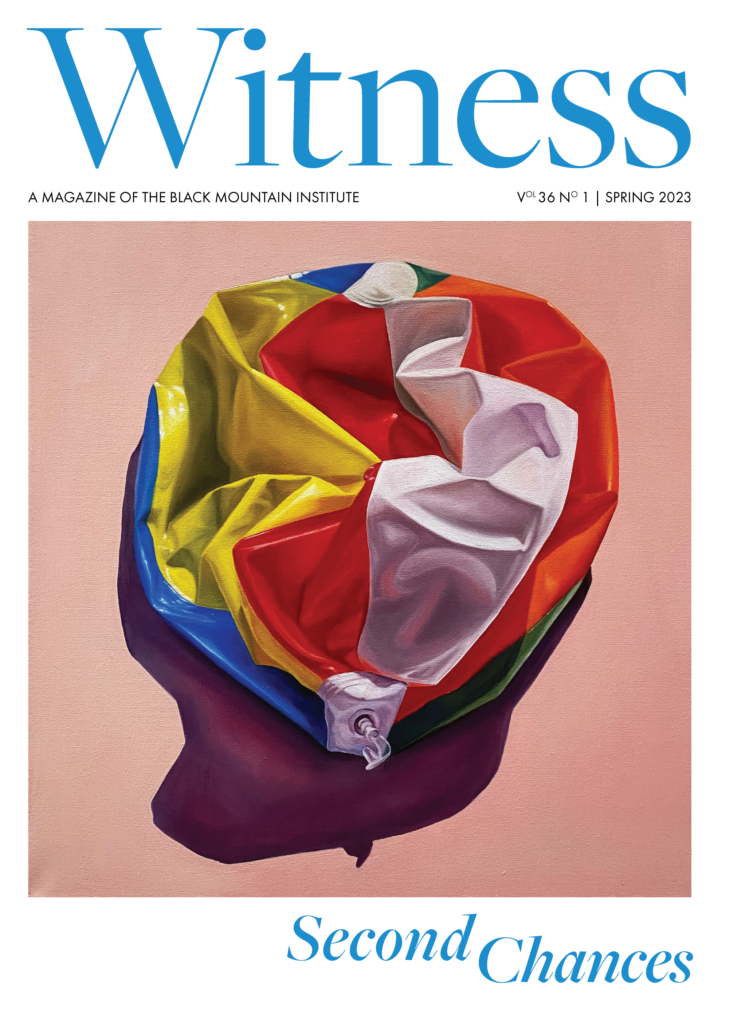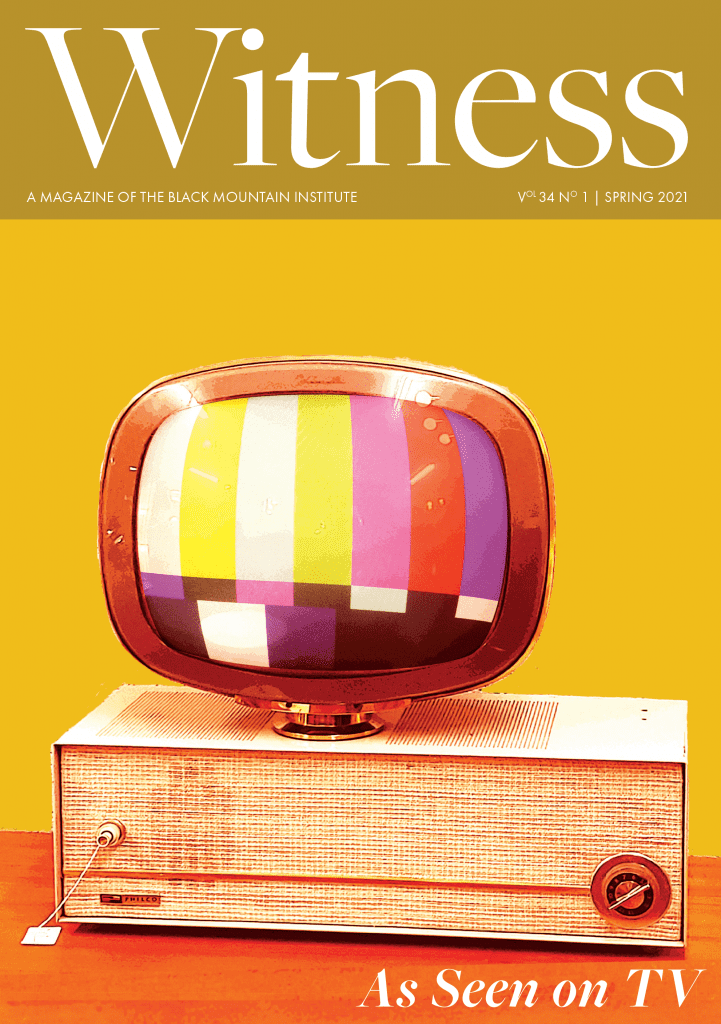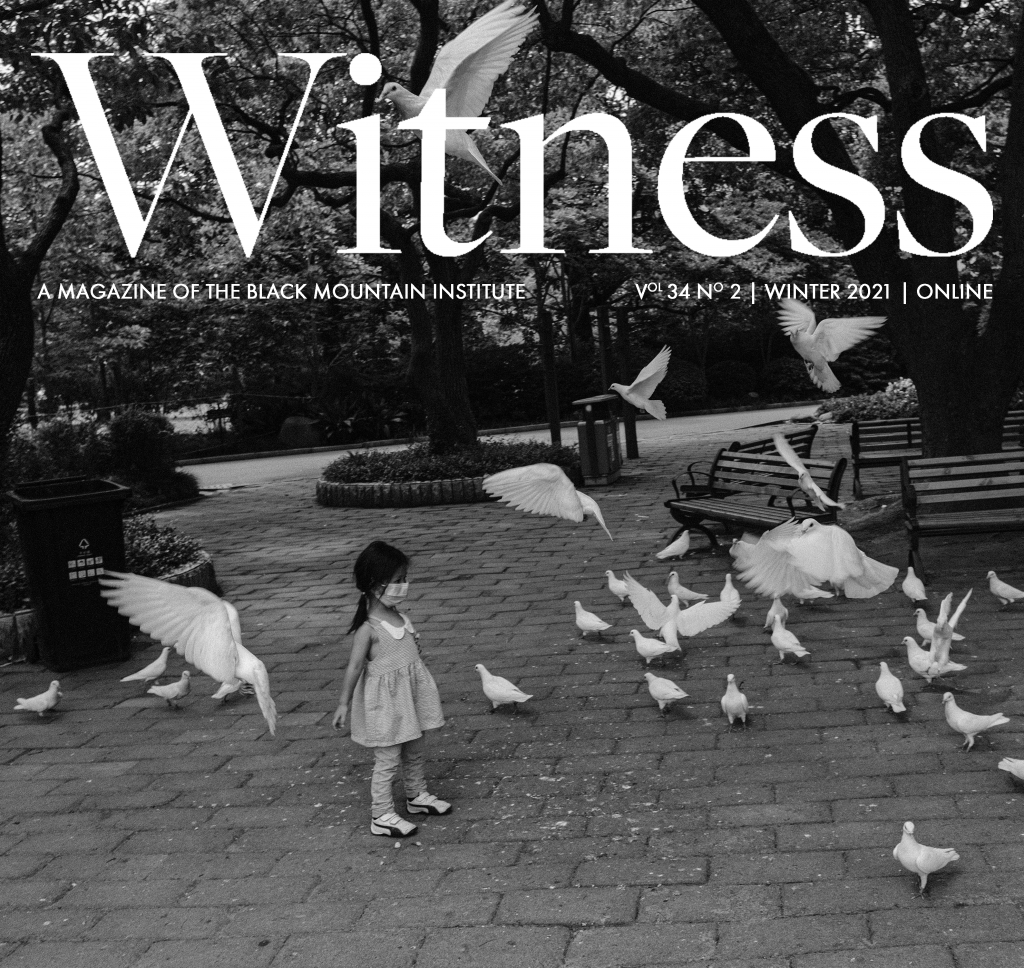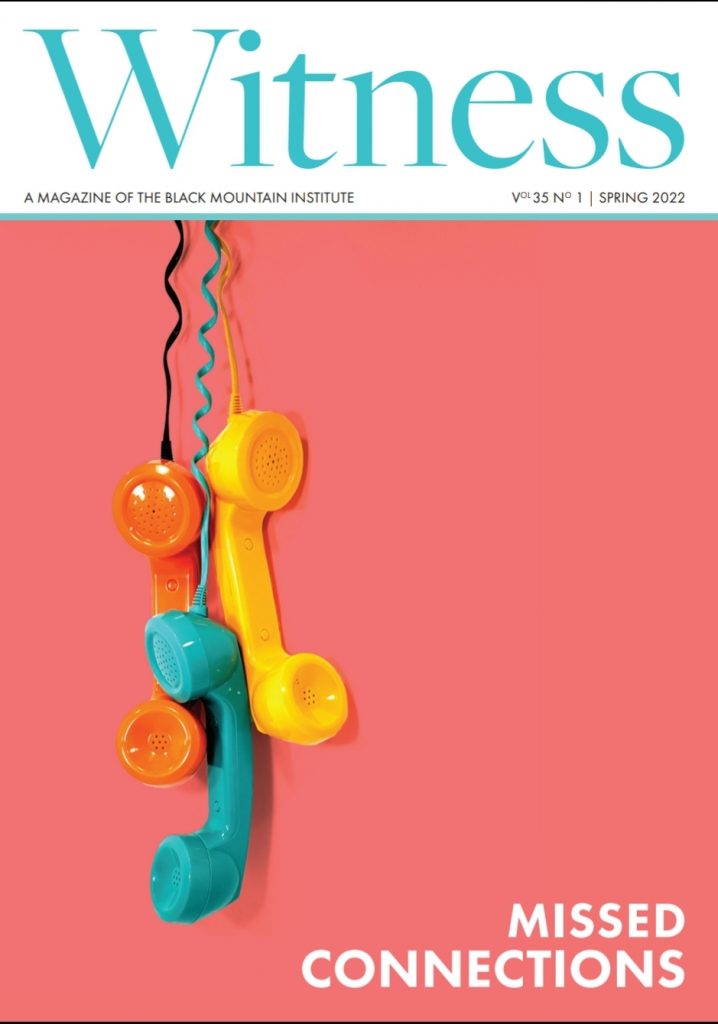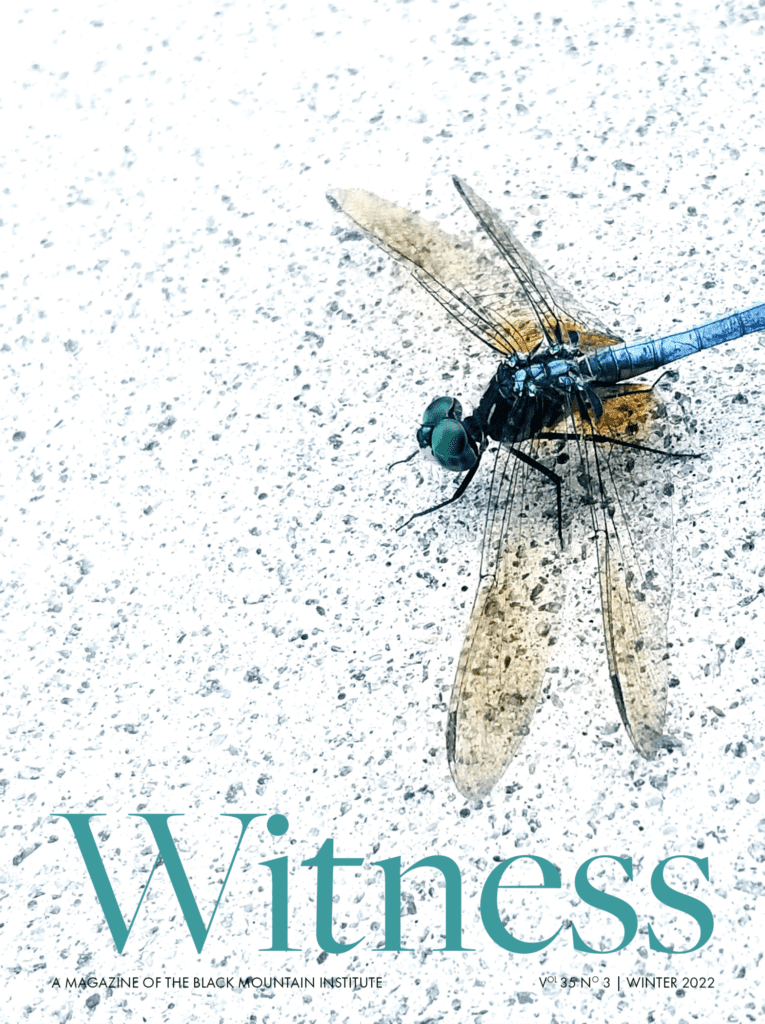(Page 4 of 7)
In an interview with directors Ron Clements and John Musker, Clements remarked, “There was a question if civil war broke out, would we get our bubbles back?”
“Which is all we cared about,” said Clements, laughing.
“Yeah, no,” said Musker apologetically, “we cared about the guy in front of the tank and that democracy might take root there, but we were wondering what’s going on with our bubbles?”
HÆNDER, ELLER HANDS
Hasn’t the little mermaid seen it all? Isn’t she well traveled? It’s expected, though. Migrating fishes are known to cover great distance. They even get to that really outlandish spot, which is our psyche.
Signe has these pictures of herself as a kid. Whenever her family went to the beach, she’d find bunches of rocks in shallow water and climb atop the biggest. Folding her legs underneath her, glancing sidelong, she’d ask to have her picture taken.
“I guess all Danes are born and raised with her in their company, somehow,” said Signe. “That’s why she means that much to us.”
I could almost hear a strain from Disney’s The Little Mermaid: “She’s our sister! / Ariel … !”
Flemming Brian Nielsen, the stone mason contracted to move her, promised, “I’m going take care for her like she is my own daughter.”
When Danes found out about her departure, some stuck pink Post-its to her chest, like a bikini top. They scaled the notes along her tail in green and yellow, so Den lille havfrue was ready for a luau. As long as you’re out, they seemed to be saying, you should see some stuff. Go to Australia, see the Great Barrier Reef. The Venetian canals?!
Others were not in support of her departure. Like Heidi: “I think it’s soh stoopid, a gimmick,” she pooh-poohed. She had on her disapproving face. Why should they send the real Den lille havfrue and not a replica?
But the government insisted the gesture wouldn’t be the same. The real statue would mean so much to the world. They had to send her.
Still, her authenticity is troubled. The Langelinie Quay statue isn’t the original, though the original statue and the copy were cast coevally from the same materials. The original is in the possession of Eriksen’s heirs. It was displayed in Tivoli Gardens, safe there until the havfrue everyone knows returned from China. Walt Disney visited Tivoli all those years ago. The amusement park inspired him, by his own account, to move ahead in 1955 with Disneyland. Who knew? And later, he’d bring her across the pond.
The girl can swim.
While she was away, the Chinese artist Ai Weiwei set up a real-time broadcast of Den lille havfrue in the pavilion. Almost as though she were still with the Danes. But Signe told me the Danes felt orphaned, and badly for the tourists who came and met her void. There was a sense of missing one’s near-and-dear, not a pet goldfish or prize koi.
I remember the scene in Splash when Eugene Levy’s character, Dr. Walter Kornbluth, exposes Madison. He turns a hose on her in front of a crush of journalists and her saffron tail appears against the New York sidewalk.
“Behold, the mermaid!” he says.
She’s put in a tank for scientific observation, where she becomes so dispirited that Kornbluth is moved to help, and Madison gets away, as all mythic fish do.
You have to wonder what it must feel like, to have a mermaid slip through your hands.
Danish novelist Peter H. Fogtdal blogged: And what does Denmark get in return for this unselfish act? The Wall of China, of course. Rumors have it that the Chinese will send their wall to Denmark, so we can use it to keep foreigners out. We have to protect our gene pool, you see.
And: I bet she screamed like a pig all the way to Shanghai. … They think she is going to be a hit. What they forget is that our Mermaid only is interesting when someone tries to behead her. Maybe the Danes should hire some Mandarin (sic) thugs to saw her head off, so we get some much needed more exposure?
But notice how Peter capitalized Mermaid? Like God.
The photograph inset in Fogtdal’s post is of a man and woman getting their picture taken with the mermaid. The man paws at one of Den lille havfrue’s breasts.
MUNDEN, ELLER MOUTH
On April 1st, while Den lille havfrue was away, the Danish National Museum of History acted foolishly. A skeleton lounged on her dais, human above the waist, but below her pelvis a spine continued, ending as a cartilaginous fan-like lace—a tail. It was pretty funny.
Morten: “The Chinese,” yuk yuk yuk, “ate her!”
But the suggestion of her death created unease. Mythologies don’t die unless the tellers who sustain them die, or change. Danes laughed out loud but looked around, at their hands, to make sure they were still there. Are we okay? They wanted to know.
Den lille havfrue is Denmark’s Sphinx, its Statue of Liberty and Mona Lisa. Danes answer to her, to what she means and wants. Like me, they think they get her, but none of us do, really. Most of what you see in her is you. She’s whatever.
She’s Barbie! This idea so strikes me while I’m packed into Køge’s medieval square with 50,000 Others that I spill my cider. But on stage it’s bad, none other than Aqua—Ak-va—the band who gave us “Barbie Girl.” Make me walk, make me talk, do whatever you please. When I was in fourth grade and jiving to that song at the roller rink, I couldn’t have guessed I’d hear the band live one day in Denmark. Did you know two of their three band members are Dansker? Life in plastic, it’s fantastic!

